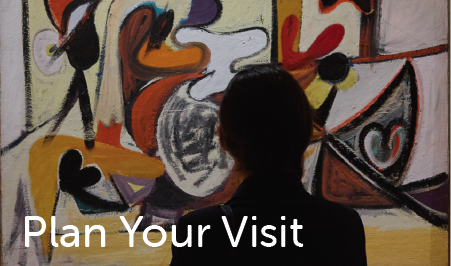African Collection

Baga Or Nalu Artist
Mask (Banda)
Baga or Nalu artist
Headdress (Banda)
Guinea
wood and pigment
1972.14
Surrounded by swamps and forests and isolated from their neighbors, Baga and Nalu people in Guinea conceived a world of spirits that manifested themselves through vigorous performances of elaborately carved headdresses. Wooden composite animal forms and their accompanying cloth and raffia fiber ensembles completely concealed dancers who performed beneath them. Only when performers briefly lifted the headdresses above their heads and twirled
them in the air were their identities revealed. The headdress in motion blurred distinctions between the depicted human and non-human forms, such as a person’s face, a woman’s hair, a crocodile’s jaw and teeth, an antelope’s horns, and a chameleon’s tail.
The long and heavy Banda headdress projected out from the performer’s body as crowds of people watched for several hours. While the headdress was in constant motion during the performance, it remained in the position of a slight downward slant atop the performer’s head. The dance matched the steady beat of large slit gongs and imitated the movements of animals, such as birds, fish, bulls, and snakes. Before the twentieth century, the extremely sacred Banda
performance represented a benevolent spirit that protected the community from danger. Today, the performance of the Banda headdress occurs among the Baga Mandori, primarily for public entertainment.
—Talia Lieber









